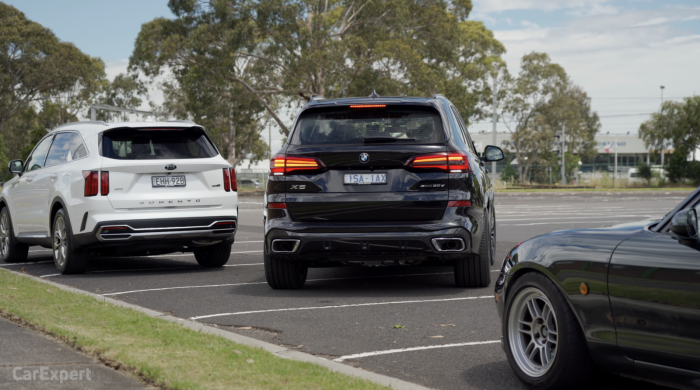

From Justluxe Content Partner CarExpert
It’s something you take for granted. Each time you hop in the car, select reverse and back out of the driveway, there are a litany of systems working to make sure you don’t reverse into anything or anyone.
These systems have now evolved to cater for forward and reverse parking, along with keeping an eye out for rear cross-traffic when you reverse. There are even systems that will remember your most recent steering inputs to help reverse out of tight places.
We wanted to shoot a video that explains how the main parking systems used in cars today work. While there are small variations between cars on the market, most parking systems use the same core equipment as a base – that is ultrasonic or electromagnetic parking sensors, radar and cameras.
To cover the full gamut of parking technologies we are using the Kia Sorento GT-Line and the BMW X5. These two cars have technology that covers everything from reverse parking through to remote parking.
How do ultrasonic parking sensors work?
Most new cars on the market today come with a combination of front, rear, and side ultrasonic parking sensors.
You can tell if these are fitted to your car by looking for small circles integrated into your front, rear or side bumpers.
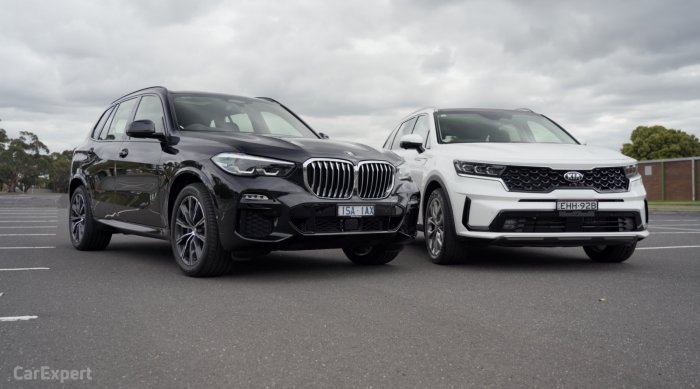
They are normally body-colored but can be another color and they are normally spaced evenly apart.
Ultrasonic parking sensors work by emitting a high-frequency sound wave (such a high frequency that it’s inaudible to the human ear), which hits an object and is then reflected back to the car. The amount of time it takes for the sound wave to return to the car is then used to calculate the distance between the parking sensor and the object.
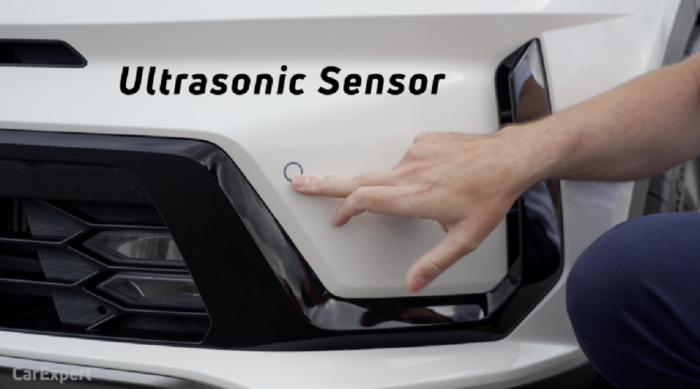
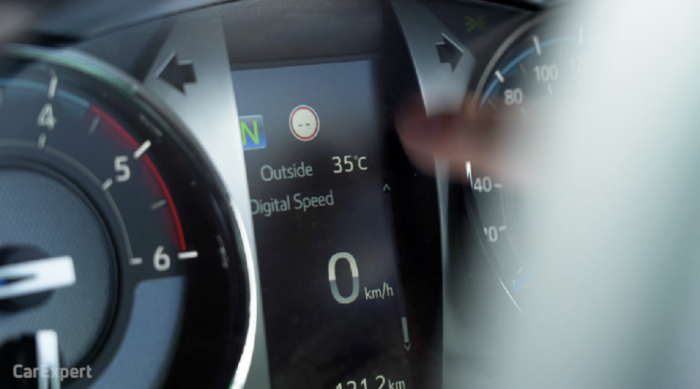
For all you tech nerds out there, the formula is distance = .5 * time * speed of sound. Given the speed of sound varies depending on temperature and humidity, the car has an inbuilt temperature sensor that varies the speed of sound calculation to ensure precision when it comes to parking.
There are some downsides to ultrasonic parking sensors though. Sound waves are absorbed by things like clothing and human flesh. Sound waves can also be deflected in other directions by things like metal poles that have a circular face.
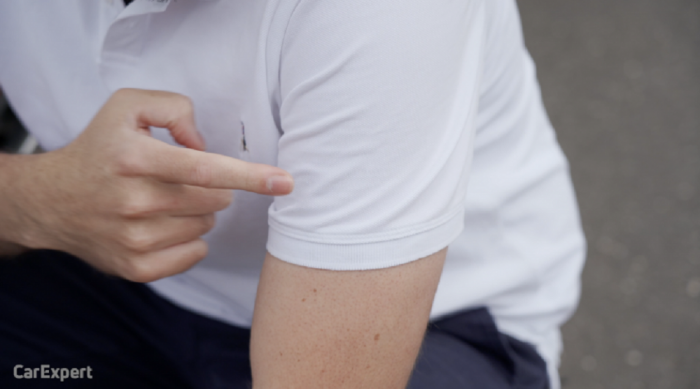
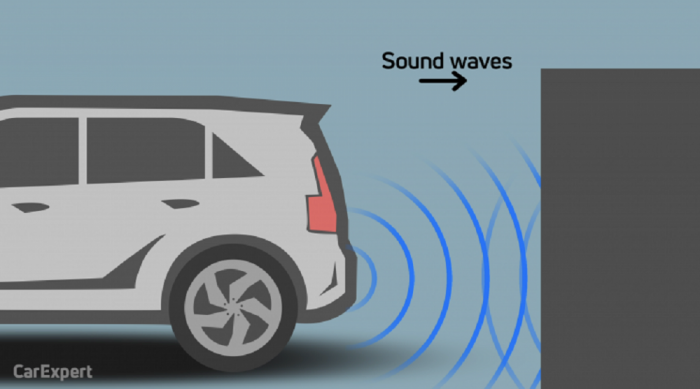
This is why cars use multiple parking sensors. They’re there for redundancy and confirmation of distances in the event sound waves are deflected or absorbed by some objects.
Ultrasonic parking sensors also only have an effective range of around 3-5m, making them ineffective for longer distance detection.
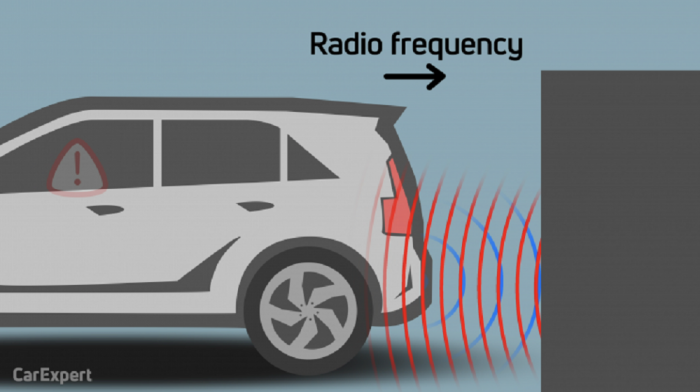
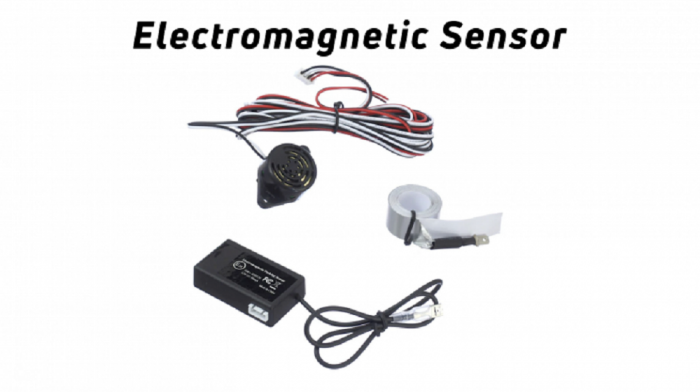
How do electromagnetic parking sensors work?
Much like ultrasonic parking sensors, electromagnetic parking sensors work by emitting a wave and then timing its return. But, there are some key differences.
Visually, you won’t spot electromagnetic parking sensors because they are generally placed behind the bumper bar and hidden from view. They appear in the form of a plastic strip with adhesive and are most common on the aftermarket.
Instead of emitting a sound wave, electromagnetic sensors emit a radio wave. The radio wave bounces off an object and then returns back to the sensor – the change in frequency is used to calculate the distance from the sensor to the object.
While electromagnetic sensors offer a greater field of detection in comparison to ultrasonic sensors, they are compromised by the fact they only detect objects when the car is moving.
It means you could face interruptions and inaccuracies if there is an object that moves between your car, coming to a stop and then moving again.
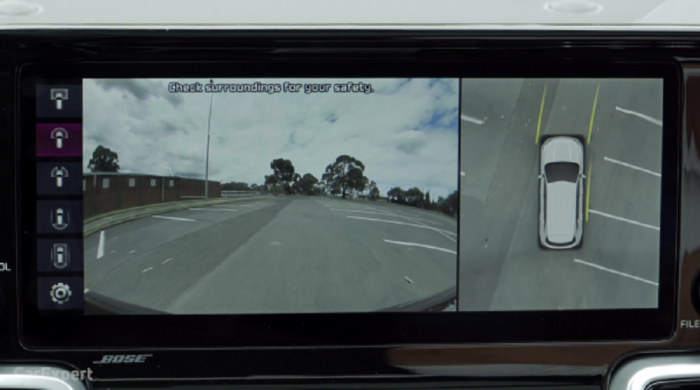
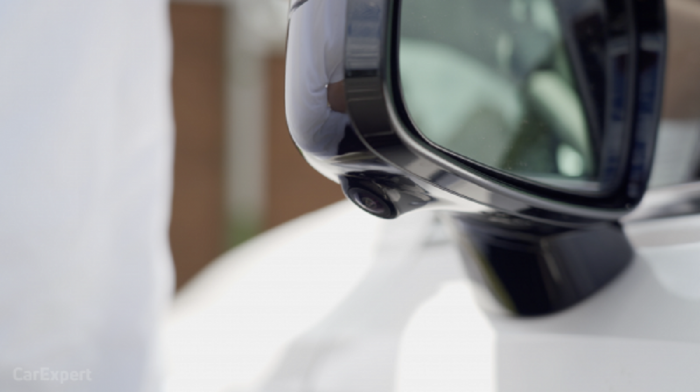
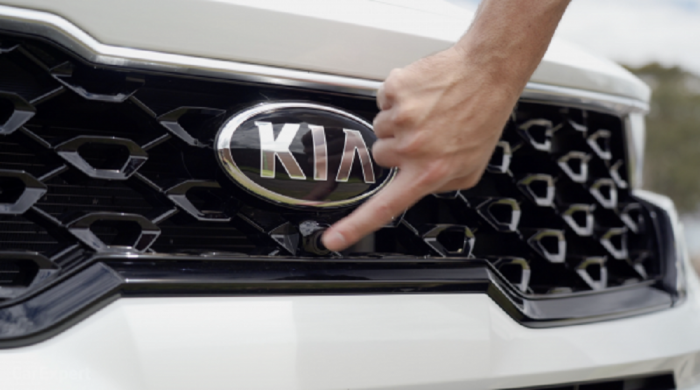
How does a 360-degree or bird’s eye camera view work?
Parking sensors are handy, but relying on sensors as a sole method of parking may not always be effective.
Getting a visual indication of the space around the car helps to detect anything the parking sensors may have missed.
We’ve seen reverse-view cameras used extensively in new cars, but car brands have taken this further by integrating extra cameras into the mix.
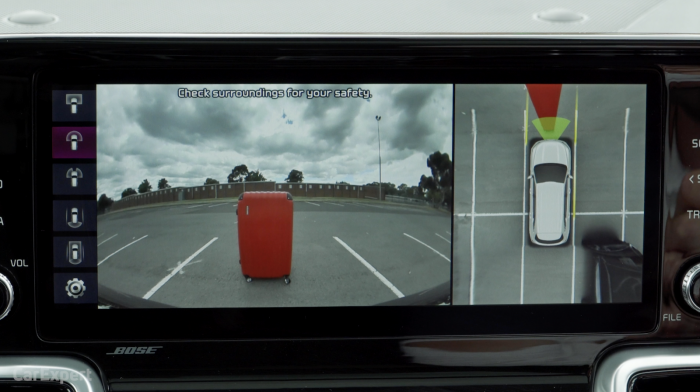
The 360-degree camera (also known as the bird’s eye camera) uses cameras mounted to the rear, sides and front of a vehicle to stitch together an image that appears to present a view from the top of the vehicle looking down.
Instead of using cameras above the vehicle, the car uses ultra-wide-angle cameras and each camera’s image is stitched together to create an illusion of a bird’s eye view from above the vehicle.
The quality of these cameras varies widely across the segment. Some are high quality and add value, while others are low quality and quite grainy, making them difficult to use and effectively pointless.
In some vehicles these cameras automatically activate at low speeds when approaching objects to make the parking process easier.
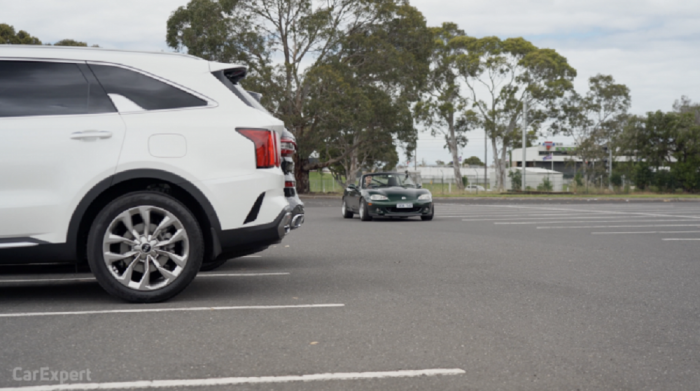
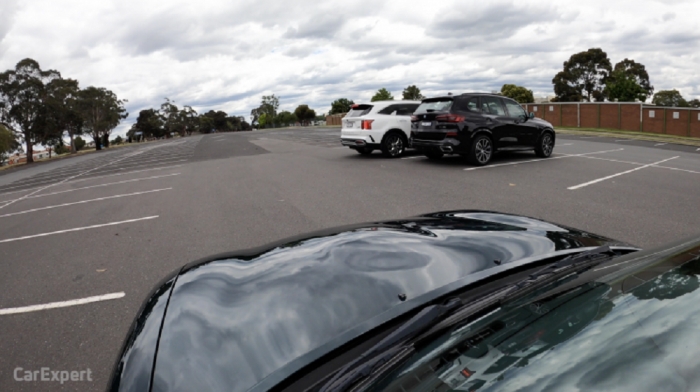
How does rear cross-traffic alert work?
Rear cross-traffic alert is technology that’s able to alert the driver, and in some cases even brake the vehicle, in the event an approaching vehicle, cyclist, or pedestrian will potentially collide with the vehicle if it keeps reversing.
This same technology is also fitted to the front of some cars, warning and braking when the vehicle is about to leave a parking spot into oncoming traffic.
We know ultrasonic parking sensors only have an effective range of 3 to 5 meters, so vehicles with this technology employ radar to help detect vehicles.
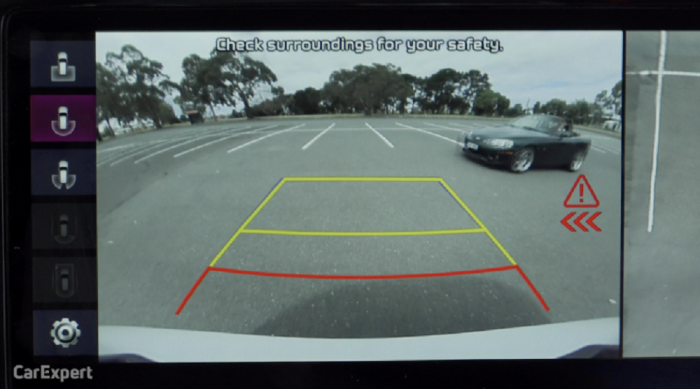

Radars are fitted to the corners of the rear bumper (and the corners of front bumpers in cars with forward-facing versions of this technology) and are angled to point towards perpendicular traffic.
In a similar method to electromagnetic parking sensors, a radio wave is emitted at a certain frequency before returning back to the vehicle. Once it returns, the frequency change is measured to determine distance.
When there is a cyclist, vehicle, or pedestrian approaching the rear of the vehicle while reversing, the radar detects the change in distance decrease, informs the driver with a warning and then further brakes if an impact is imminent.
Other parking technologies
There are other parking technologies that you may have heard of that stem from the technologies described above. Each of these systems uses one or more of the technologies to create new derivations of parking technologies that help drivers each day.
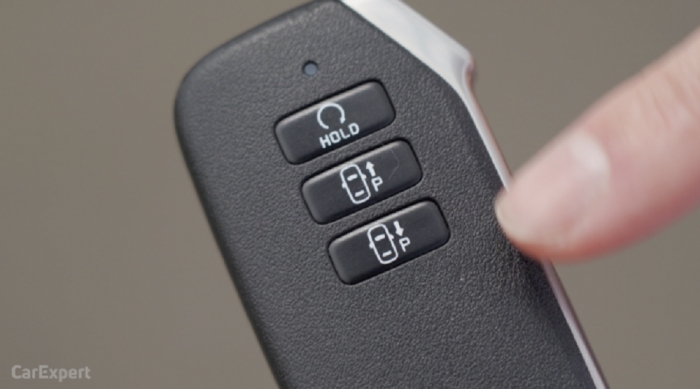
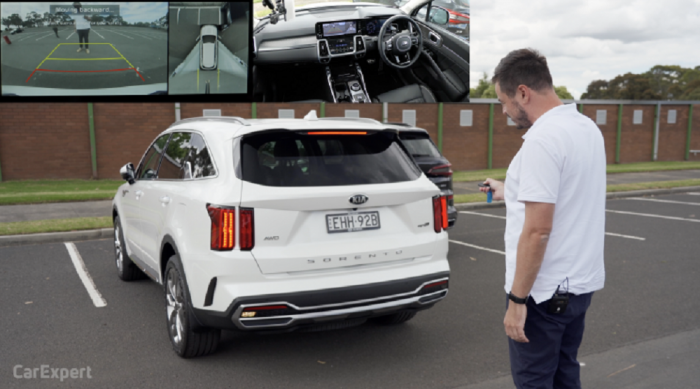
Remote parking technology
Tesla was one of the first manufacturers to roll out a remote parking feature that the brand called Summon. Summon allows the driver to move the vehicle forwards and backward from outside the vehicle.
This technology has evolved through other brands where a vehicle can be moved using the key from outside and Tesla has recently advanced it further with Smart Summon, which allows the vehicle to be driven autonomously within a car park to the driver.
Depending on the vehicle, the car uses a mixture of parking sensors, radar and camera technology to move the vehicle in the direction being instructed by the driver.
A signal from the driver directs the vehicle, stops and starts the motion. The key (or your phone) acts as a deadman switch, effectively stopping the car immediately as the button is released.
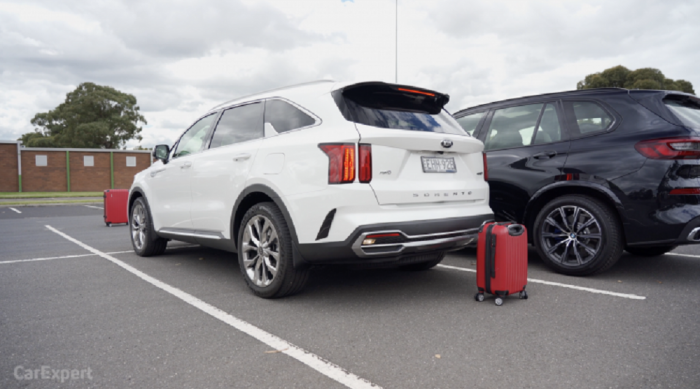
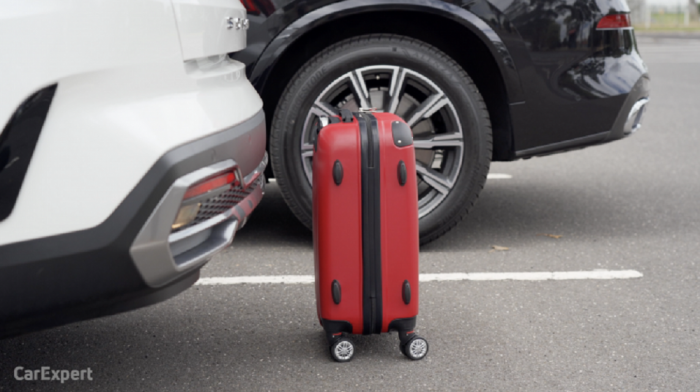
Reverse AEB
Autonomous emergency braking is common on most new cars today and works by stopping the vehicle if an impact is imminent and the driver hasn’t reacted.
Reverse AEB uses ultrasonic parking sensors to detect objects at the rear of the vehicle and in the event the driver doesn’t stop and an impact is imminent, the car will brake suddenly to prevent an impact.
Just like all of these systems, there are limitations to how well it works and the onus is always on the driver to ensure they watch the space behind the vehicle.
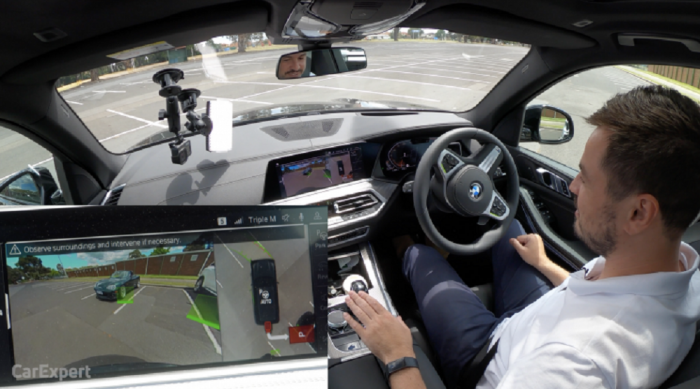
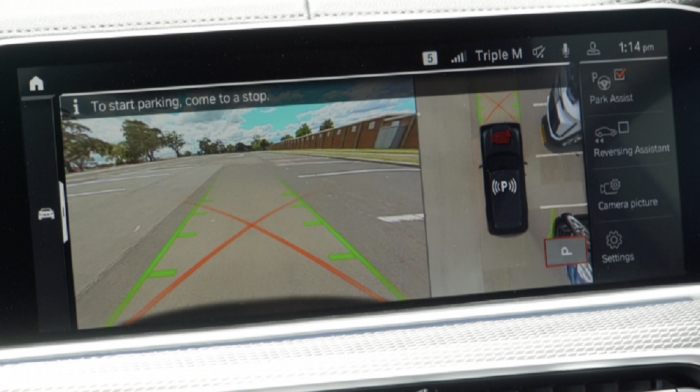
Autonomous parallel and perpendicular parking
Semi-autonomous parallel and perpendicular parking uses a mix of ultrasonic parking sensors and electric motor driven steering to direct a vehicle into a parking bay.
Algorithms within the vehicle’s ECU either constantly or on-demand measure parking bay sizing to determine if the bay can fit your vehicle. Using a pre-determined set of dimensions, if your vehicle detects it can fit within the bay it presents this information to the driver and waits for a command to start the process.
Once the process commences, the vehicle will begin the process of reversing into the park (either parallel or perpendicular) and moving the steering wheel on its own. This system only works on cars with electrically-assisted steering racks and not those with the older hydraulic type.
During the process the driver remains ready near the brake pedal to stop the car if the process doesn’t work as it should.
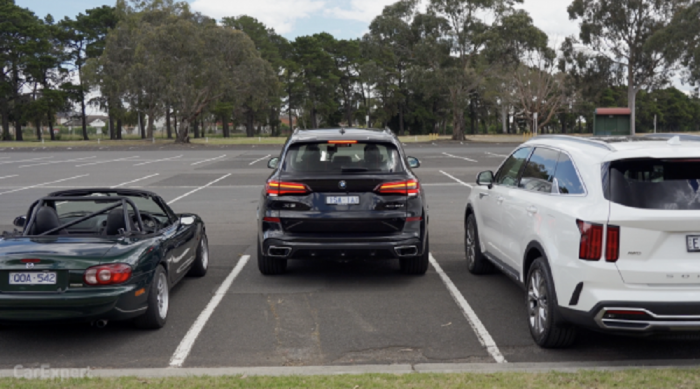
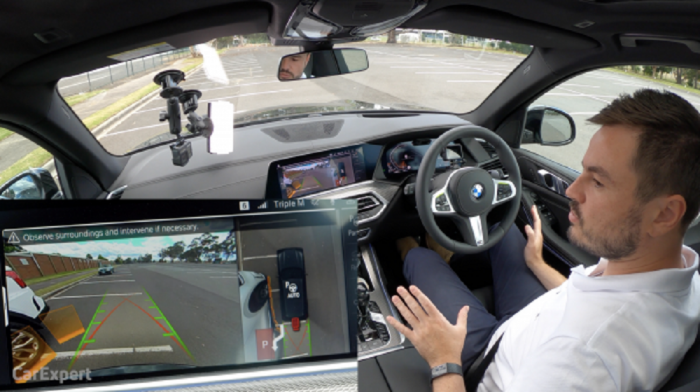
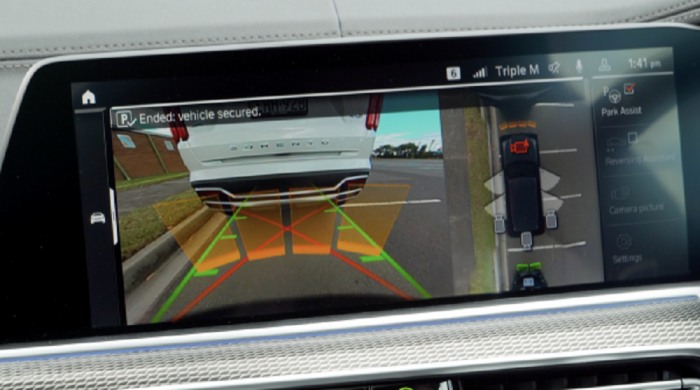
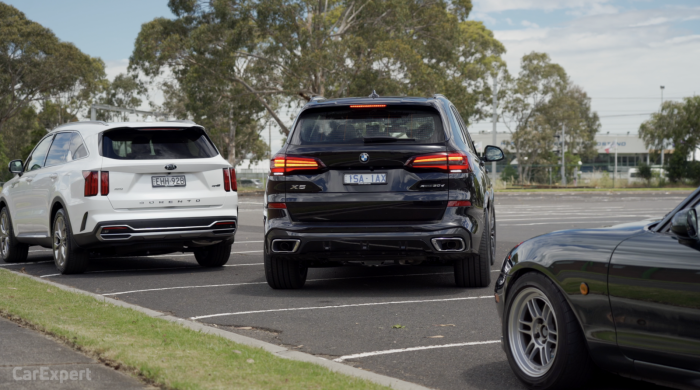
Some cars, like the BMW X5, will actually change gears as well, so all the driver needs to do is keep watch.
Some vehicles also offer the ability to get assistance leaving a park too. So once the vehicle is parked, a push of the right button begins the process of the car moving backwards and forwards with sufficient steering lock to leave the park.
It works the same as it does when entering the park. Predetermined steering geometry and spacing between cars allow the vehicle’s ECU to calculate the correct steering movements to maneuver out of a parking space.
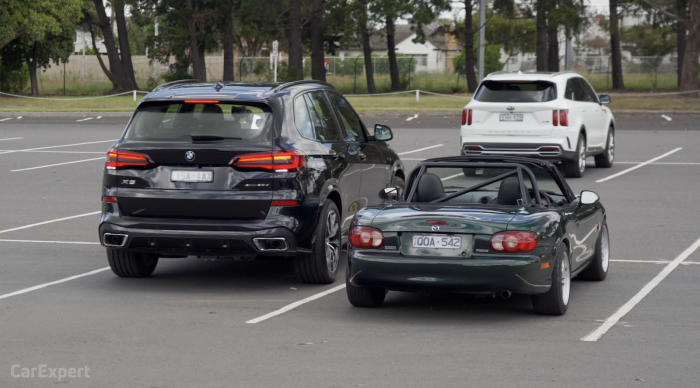
Reverse assistant
The final piece of technology we’ll cover is the BMW Reverse Assistant. While it’s only currently available on BMWs, we suspect this will eventually be introduced by other brands.
BMWs with this technology remember the last 50m of steering input and allow the driver to recycle those steering inputs in reverse.
What’s the point of this? If you find yourself down a narrow one-way street and discover you need to reverse out, hitting the Reverse Assistant button will take care of it for you. It takes the pressure out of needing to avoid curbs and other cars when reversing.
It uses a mixture of the parking sensor technology listed above, along with steering input memory, to reproduce the last 50m of steering inputs.









